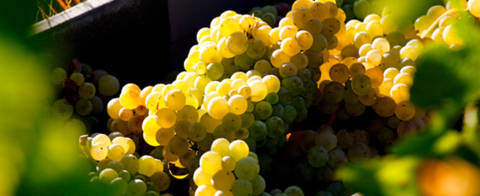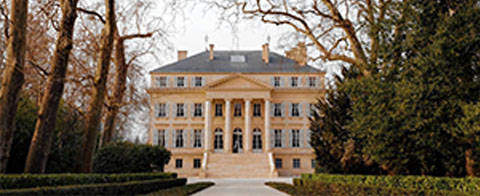The necessary cookies allow the site to function properly.
A year in the life of a winemaker
A year in the life of a winemaker
“In the winegrower’s notebook…
Every month, to your vines, yourself you shall devote
Pruning, training and leaf thinning, carefully you shall manage
Vine diseases, such as mildew and powdery mildew, you shall prevent
The growth cycle, you shall respect
The weather, you shall monitor
Fruit set and colour change, you shall watch out for
The harvest date, you shall decide.”
From planting vines up until the harvest, the Bordeaux Wine School presents the year of the winegrower.
OCTOBER
The winemaker vinifies the grapes. In the vineyard, this is also ploughing time.
Why is this the perfect time for ploughing?
During the vegetative phase, the vines extract the strength they need to grow from the soil and produce quality grapes. The goal is now to add organic fertilizer to the soil to nourish it and prevent deficiencies.
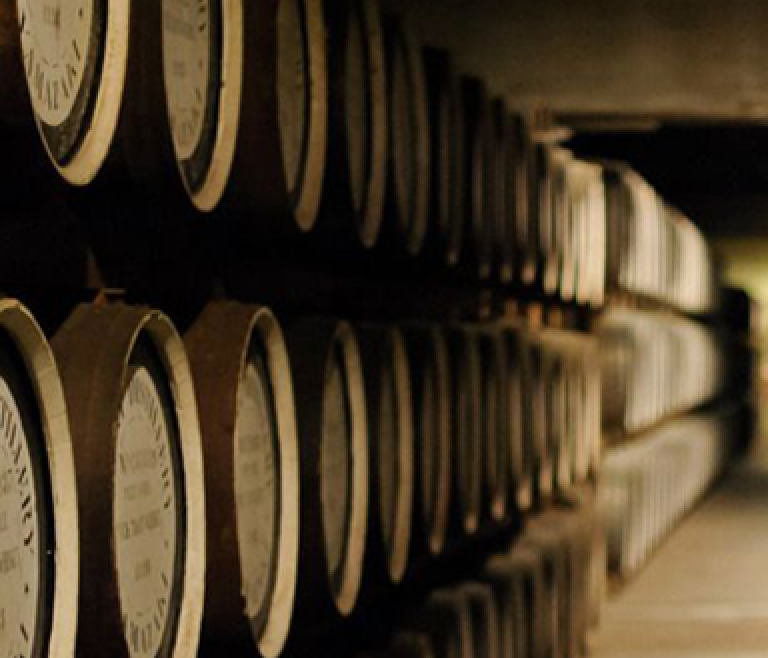
EXPRESSION OF THE MONTH
Chausser les vignes - Turning the soil
The plow turns the soil between the rows and partially covers the vines to protect them from winter frosts.
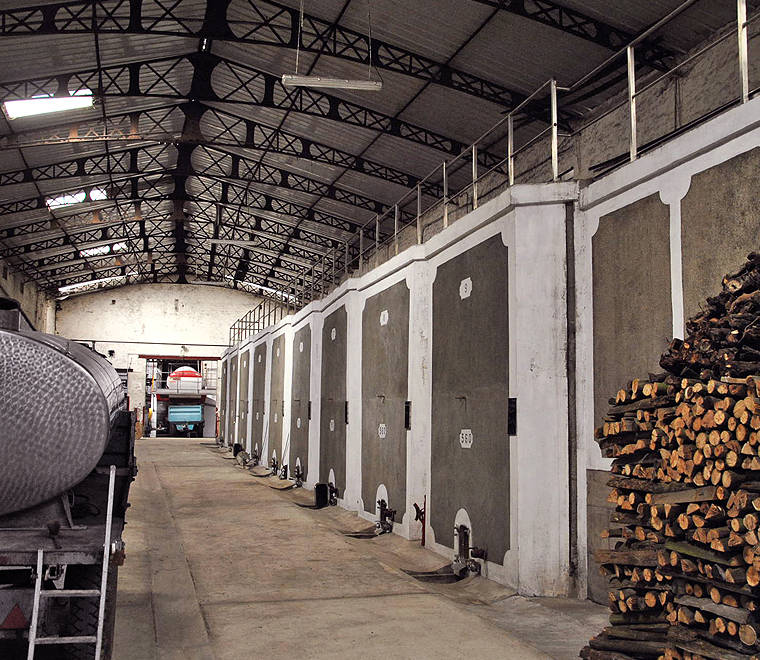
EXPRESSION OF WINTER
Preparing for pruning
This entails removing the staples and lowering the trellising wires to make the pruner’s work easier.
NOVEMBER TO JANUARY
As soon as leaf-fall ends, winemakers begin pruning. This period runs into mid-March.
When does pruning start?
The winemakers begin as early as mid-November, unless they are able to do it later in a shorter timeframe. This is a long process, but a determining factor in the vineyard’s growth.
FEBRUARY
The pruning dovetails the removal of the unwanted wood to discard the pruned branches. There are two ways to dispose of these branches: burning or grinding.
What are the advantages of grinding or burning?
Mechanical grinding has the advantage of speed, and the shredded branches left in the rows help regenerate the soil’s organic matter, while the ash that results from burning adds minerals to the soil.
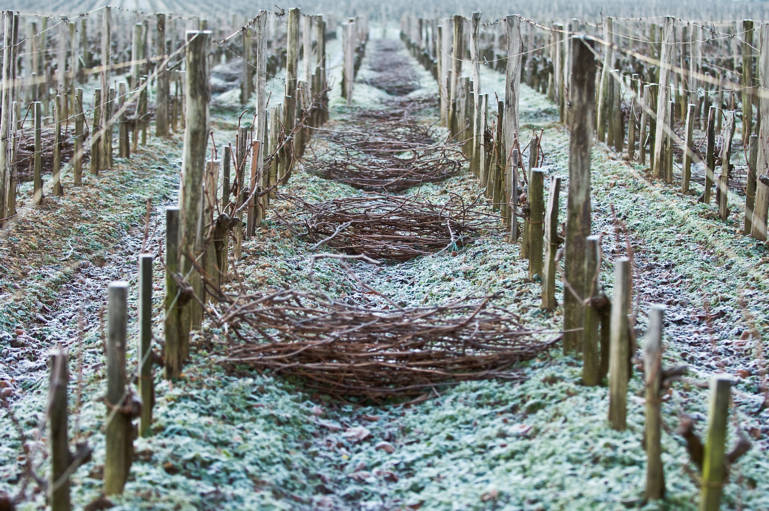
EXPRESSION OF THE MONTH
Tirage des bois - Removing the wood
Once pruning is done, the next step is to remove the unwanted wood. These workers, the tireurs, clear the vine of the wood cut by the pruners that passed before them.
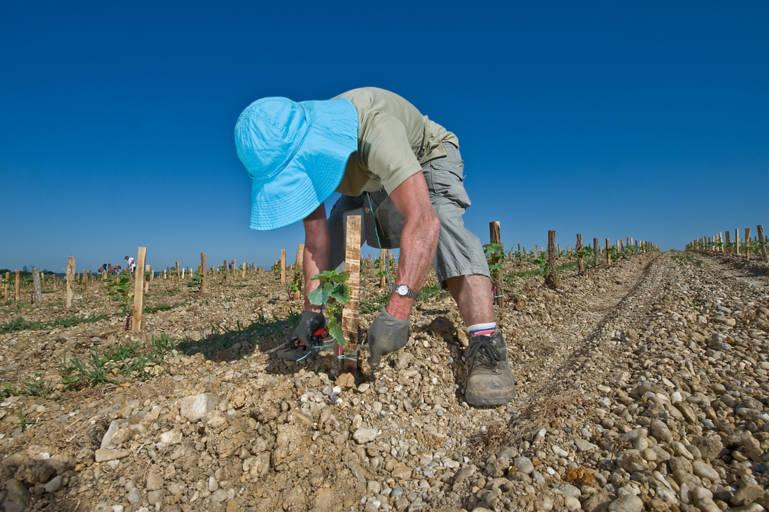
EXPRESSION OF THE MONTH
Palissage - Trellising
The plot is pruned, the wood removed, now it is time for trellising: replacing the posts that have been damaged by weather or machinery, replacing any broken wires, retightening others. Once the trellising is finished, the winegrower attaches the vines to the stakes and the lowest wire.
MARCH
The vine awakens from its winter sleep: It is the beginning of a new growth cycle. This month, the winegrower works on the trellising.
What part of the plant’s life cycle is beginning?
The sap rises in the branches and oozes through the scars left by the pruner’s shears. It is said that the vine is weeping! The winegrower paces his work to align with the rhythm of vine’s growth and climatic conditions.
APRIL
Now is the bud break phase: the buds swell to show the first leaves and future branches. The winegrower completes the operation by hand with a tire-cavaillon.
Why is this a delicate phase in the plant’s life?
Spring frosts can harm the quality of the crop by burning the young branch, as happened in April 1991.
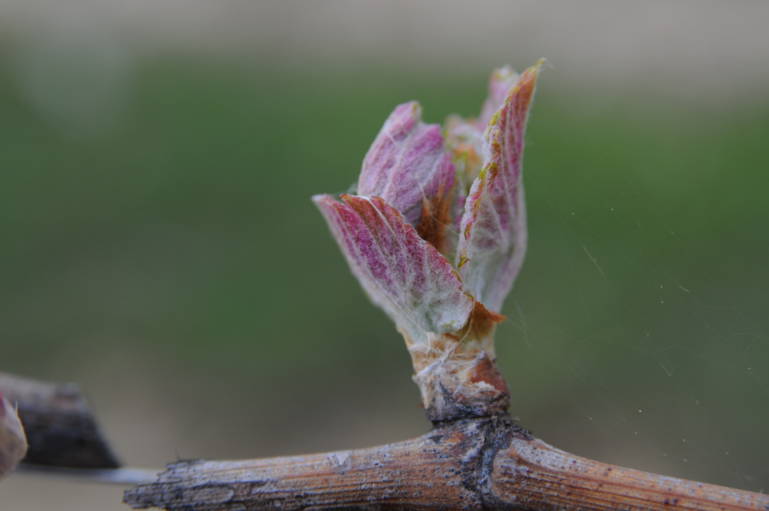
EXPRESSION TO REMEMBER
Tire-cavaillon
After removing the piled earth from around the vines and smoothing the workspaces between the vines, clods of earth remain. These are removed both mechanically (with a décavaillonneuse, or a vineyard plow) and manually (with a tire-cavaillon, or a toothed hoe). It is hard work on the often-compact clay soil left after the rainwater evaporates.
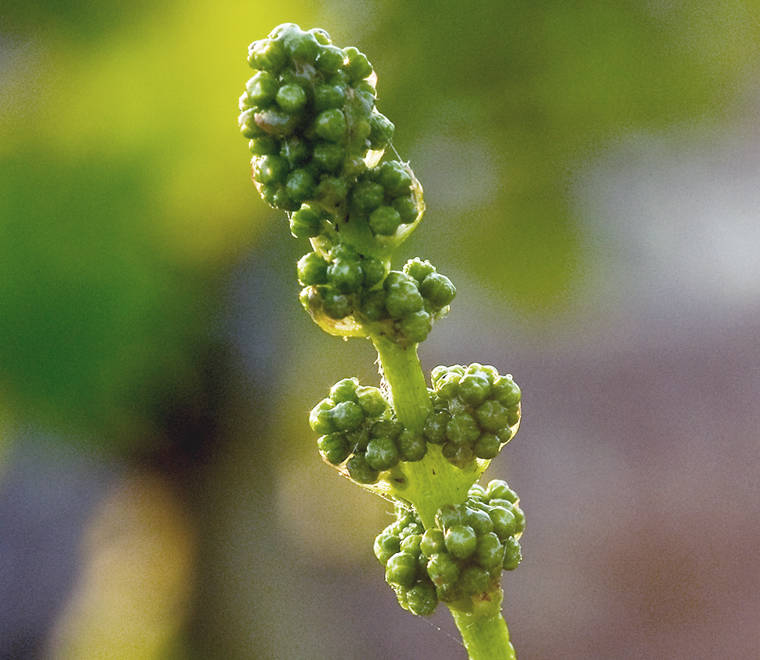
EXPRESSION OF THE MONTH
Disbudding and suckering
Disbudding: remove all the buds or burgeoning branches that could add too much weight to the vine (detrimental to harvest quality). When buds or shoots are removed from the base of the vine or the ground, it is called suckering.
MAY
Between disbudding and flowering, the winemaker selects the branches that will help produce quality grapes.
Why is activity speeding up?
The branches grow fast, between 5 and 15 centimeters a day: they must be lifted and trellised regularly before being pollarded (trimmed).
JUNE
The vine enters its reproductive cycle with a flowering period from May to June.
How is flowering important to the winegrower?
It directly influences the quantity and quality of the grapes and the harvest date. Success of this phase depends on climatic conditions.9
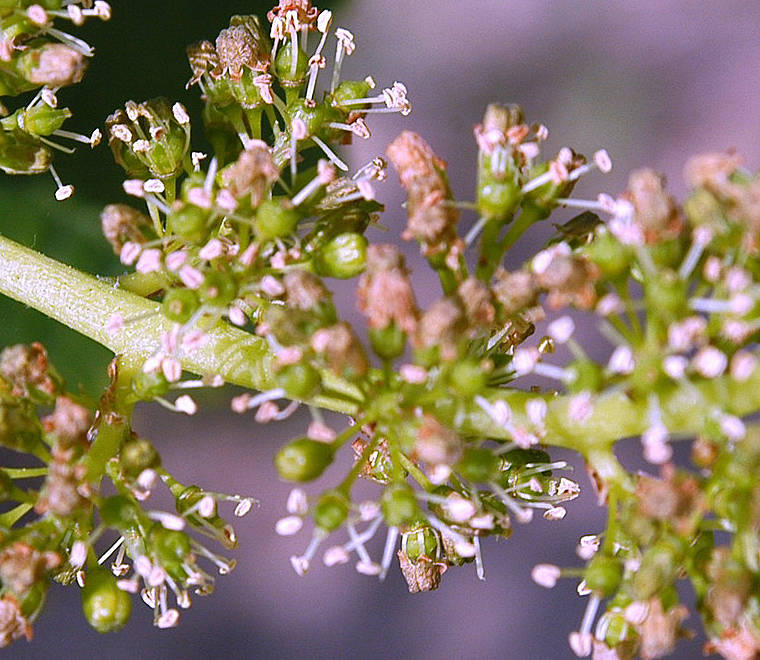
EXPRESSION TO REMEMBER
Coulure - Failure to set fruit
During pollination, cold and precipitation can lead to coulure, a failure to set fruit (decreasing the number of berries per bunch) or millerandage (hindered berry growth).
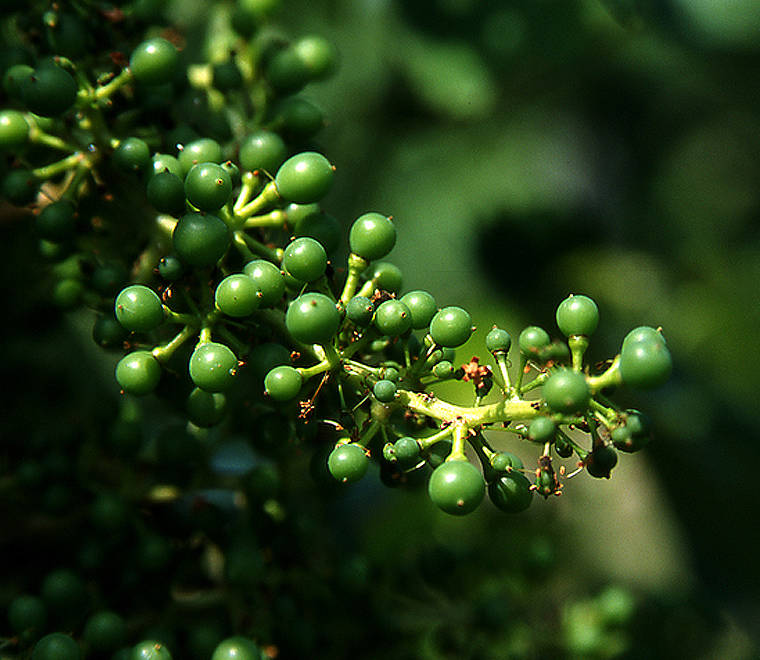
EXPRESSION OF THE MONTH
Vine protection
During this period of vulnerability, the winegrower makes sure to protect his or her future harvest. Whatever production mode is used, intervention is needed here. Whether the agricultural techniques are conventional, organic, biodynamic, or integrated, the intervention choices made are conservative and take the environment into account.
JULY
Now for the fruit set: flowering has come to an end and the flowers become berries. The hot, humid weather means this period is conducive to a number of pests.
Can grape ripeness be predicted?
More than three months in advance, winemakers have a very good notion of the harvest date for peak grape ripeness, as it occurs 120 days after flowering (particularly for Merlot noir) and 45 days after mid-veraison (in August). At fruit set, the leaves are thinned out on the vines on the side facing the sunrise and those vines too laden with grapes are thinned (green harvest).
AUGUST
The ripening phase (véraison): the grapes change colour and ripening begins. There is a second phase of leaf-stripping on clusters that are not yet ripening evenly.
How long is the ripening period?
It depends on the weather conditions, which will influence the harvest quality. Another phenomenon of this phase: the vine ceases its vegetative growth.
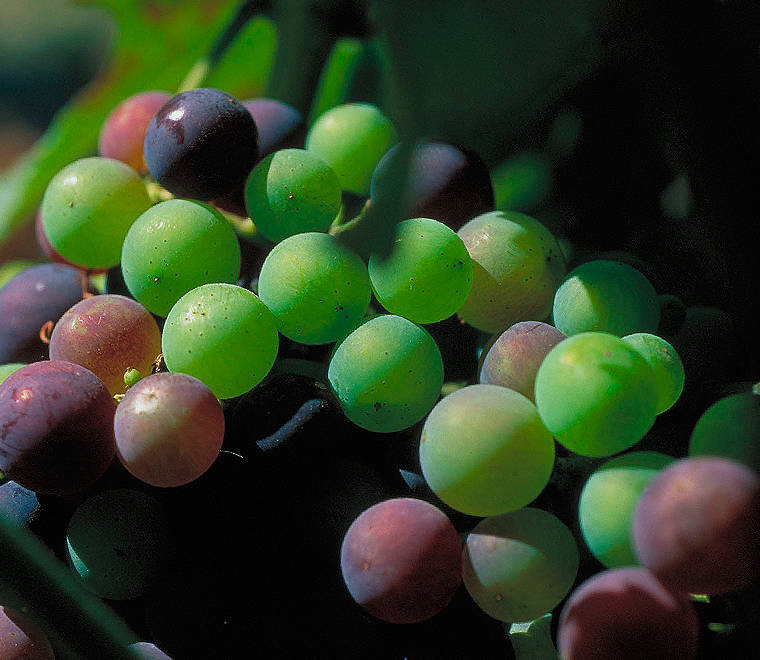
EXPRESSION TO REMEMBER
L’aoûtement - Hardening off
This is when the shoots change colour from green to brown
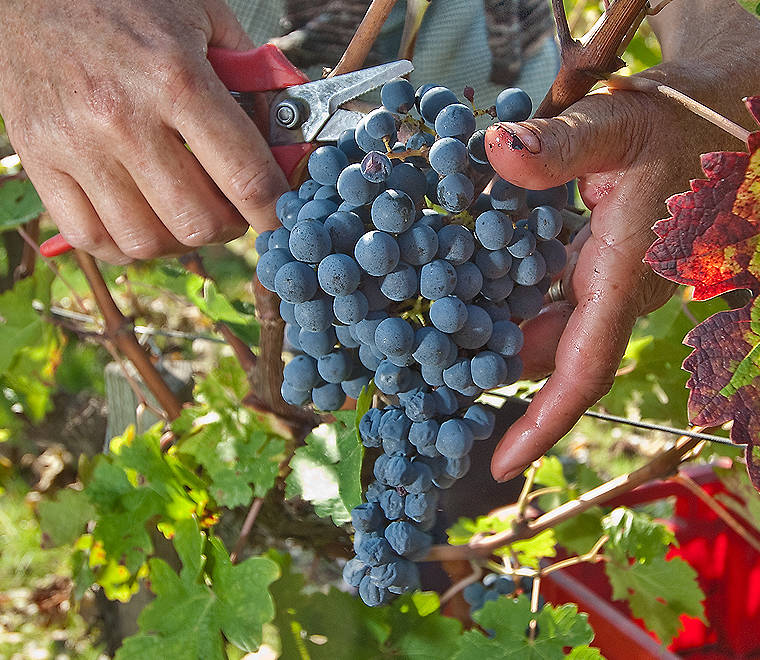
EXPRESSION OF THE MONTH
Ban des vendanges - Official opening of the harvest period
The official declaration of the authorized start date for harvests. The word 'ban' originally meant drum roll or fanfare for this event, but now simply means an announcement. Once officially pronounced, the harvest begins.
SEPTEMBER
Once the aoûtement takes place, the winegrower prepares for the harvest, to gather the healthy, ripe grapes, free of noble rot (botrytis). The harvest lasts one to three weeks, depending on the size of the vineyard and the weather.
What is the right time to harvest?
This decision is not an easy one, as each vintage is different. Ripeness checks and grape tastings are nearly constant!

